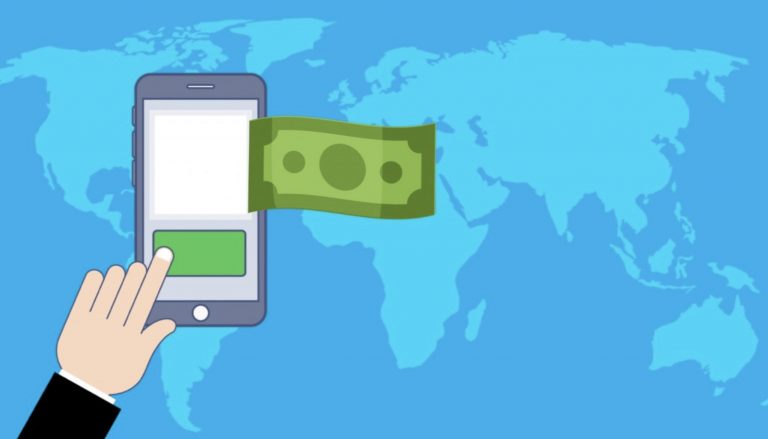As we are slowly moving towards a cashless society, the demand for digital payments is significantly on the rise. This means businesses of all types and sizes, including micro and SME enterprises, need to understand digital payments, and how to process them cost-effectively. To help you to avoid the pitfalls of going cashless (or reducing reliance on notes and coins) here’s a guide to digital payments processes, options and advice.
Story Stages
What are digital payments?
Before going on to business tips about card machines and other insights, it’s worth exploring what is meant by a digital payment, as it may be slightly more varied than you realise. This term doesn’t just refer to people buying from eCommerce companies, using their modern check-out systems and payment options like cards and Paypal. The definition of digital payments also covers other ways that contemporary consumers pay for goods and services- without physical currency.
For example, electronic point of sale (EPOS) equipment can now be used to take payment via credit and debit cards, as well as increasingly sophisticated mobile phones and wearable technology. There are even global shops where you walk in and walk out with goods with no interaction at all. Your purchase is automatically detected and your payment is processed via your smart tech!
Digital payments also cover things like money transfers from bank to bank and the drive towards customers paying by direct debits or standing orders. In the financial services sector, you may see the term BAC, which means Bankers’ Automated Clearing System. It’s a network that makes it easy to make digital payments in seconds. There is also technology to help you take payments via social media and online shopping portals, and the principle of pre-paid cards has advanced to include digital wallets loaded with money! Then there are also cryptocurrency transactions, the ultimate digital payment as they have no physical equivalent. Ultimately, the range of different digital
payments are outstanding, but why should you switch to this popular payment method?
Best ways to handle digital payments
Making the switch to only handling digital payments or increasing the number of non-cash transactions you do depends on finding the right equipment for your business- as well as merchant services with fair fees and manageable terms. As digital payments are quickly becoming the norm in everyday life, many merchant service providers are working to offer more streamlined ways to accept payments. It is vital that businesses understand how to find financial service providers who are clear and reliable on their favourable terms and charges, but who also offer valuable business tips and insights on digital payment systems.
Why should you switch to digital payments?
There are a great number of benefits to using digital payments as your main payment method. Using digital transaction processes is quicker, more convenient and considerably more secure than handling cash. It’s less error-prone than traditional payment systems too, and a more sustainable transaction process. As well as giving businesses far clearer cash flow control. Using the best merchant services ensures your revenue goes straight to your bank, and you can see your financial status online at a glance.
Also, both consumers and business buyers now expect – if not demand – the option of contactless payment systems. The pandemic accelerated the already substantial swing away from using ‘dirty’ notes and coins, in favour of using digital payment systems for speed, convenience and minimal interaction.
